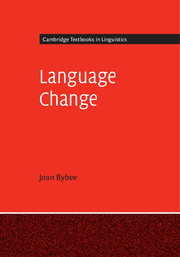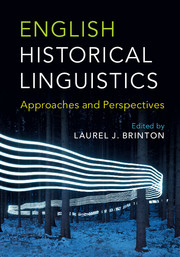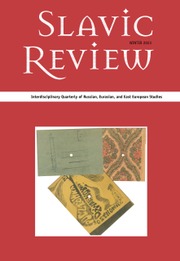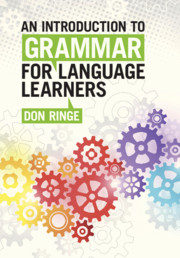Historical Linguistics
Bringing the advances of theoretical linguistics to the study of language change in a systematic way, this innovative textbook demonstrates the mutual relevance of historical linguistics and contemporary linguistics. Numerous case studies throughout the book show both that theoretical linguistics can be used to solve problems where traditional approaches to historical linguistics have failed to produce satisfying results, and that the results of historical research can have an impact on theory. The book first explains the nature of human language and the sources of language change in broad terms. It then focuses on different types of language change from contemporary viewpoints, before exploring comparative reconstruction - the most spectacular success of traditional historical linguistics -and the problems inherent in trying to devise new methods for linguistic comparison. Positioned at the cutting edge of the field, the book argues that this approach can and should lead to the re-integration of historical linguistics as one of the core areas in the study of language.
- An innovative textbook which demonstrates the mutual relevance of historical linguistics and contemporary linguistics
- Numerous case studies show that students can apply contemporary methods to solve problems where traditional approaches to historical linguistics have failed to produce satisfying results
- This approach can and should lead to the re-integration of historical linguistics as one of the core areas in the study of language
Reviews & endorsements
"...The authors present the successes of traditional historical linguistics together
with the developments brought about by general linguistics.... The book is clearly written and well organized, and there is a wealth of data-not all of it well known to linguists-that should excite the curiosity of even a casual academic reader.... Recommended..."
--L. Lopez, University of Illinois at Chicago, CHOICE
Product details
March 2013Hardback
9780521583329
325 pages
253 × 178 × 18 mm
0.79kg
10 b/w illus.
Available
Table of Contents
- Introduction
- 1. The nature of human language and language variation
- 2. Language replication and language change
- 3. Language change in the speech community
- 4. Language contact as a source of change
- 5. Sound change
- 6. The evolution of phonological rules
- 7. Morphology
- 8. Morphological change
- 9. Syntactic change
- 10. Reconstruction
- 11. Beyond comparative reconstruction: subgrouping and 'long-distance' relationships
- Appendix: recovering the pronunciation of dead languages: types of evidence.






